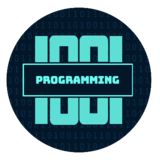Top Programming Languages for Data Science
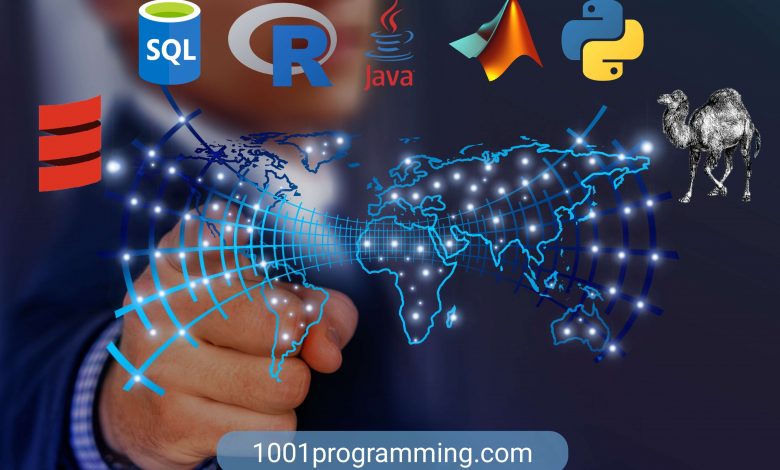
- In today's extremely competitive market, which is expected to become even more intense in the future, data science hopefuls have no choice but to up skill and update themselves to meet business needs
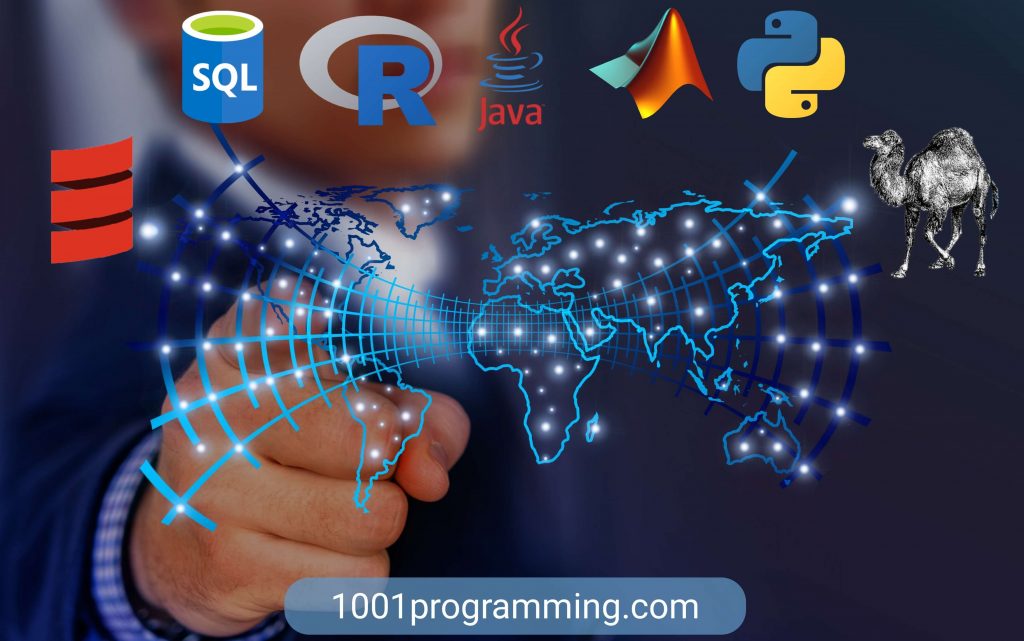
In today’s extremely competitive market, which is expected to become even more intense in the future, data science hopefuls have no choice but to up skill and update themselves to meet business needs. The current scenario reflects a mismatch between demand and supply for data scientists and other data professionals in the industry, indicating that now is an excellent time to take advantage of better and more advanced prospects. Programming language expertise and application that will help the data science business grow is a requirement.
As a result, we’ve put up a list of the best data science programming languages for 2020 that hopefuls should study to further their careers.
Top Programming Languages for Data Science
- Python
- SQL
- R
- Java
- Julia
- MATLAB
- Scala
- Perl
python :
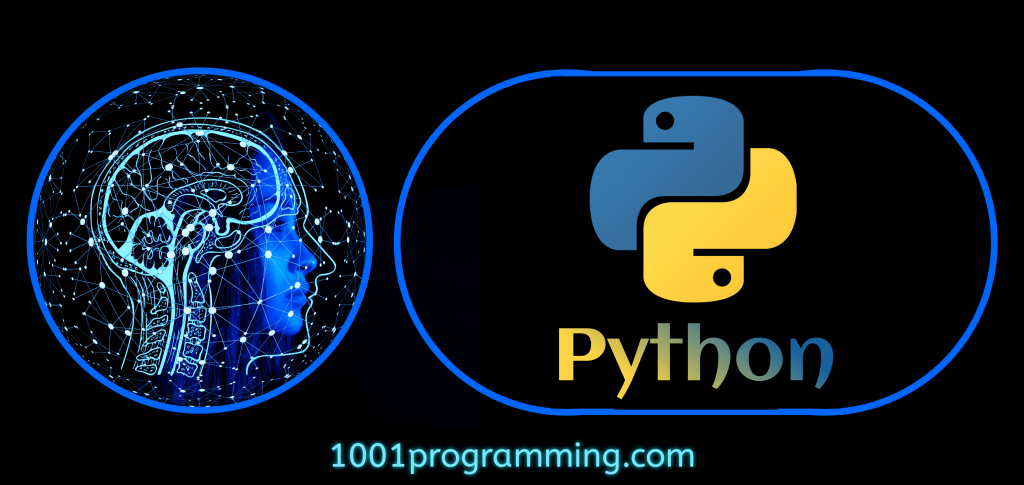
Because of its statistical analysis, data modelling, and readability, Python is one of the finest programming languages for data science. Python’s strong library support for data science and analytics is another reason for its enormous success in data science. Many Python libraries provide a variety of functions, tools, and methods for data management and analysis. Each of these libraries has a specific specialty, such as image and textual data management, data mining, neural networks, data visualisation, and so on. Pandas is a free Python software library for data analysis and data management, while NumPy is for numerical computing, SciPy is for scientific computing, and Matplotlib is for data visualisation.
SQL :
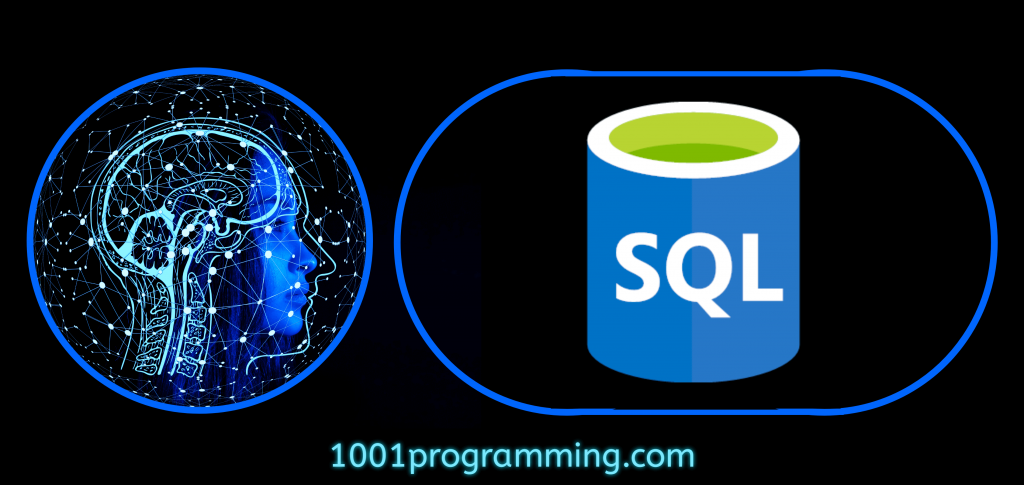
SQL (Structured Query Language) is a programming language designed especially for handling and retrieving data from a relational database management system. Due to the fact that data science is mainly concerned with data, this terminology is critical. Data scientists’ primary responsibility is to turn raw data into meaningful insights, which necessitates the use of SQL to access and extract data from databases. SQLite, MySQL, Postgres, Oracle, and Microsoft SQL Server are just some of the common SQL databases that data scientists may utilise. BigQuery, in particular, is a data warehouse that can handle data processing over petabytes of data while also allowing for super-long SQL searches.
R :
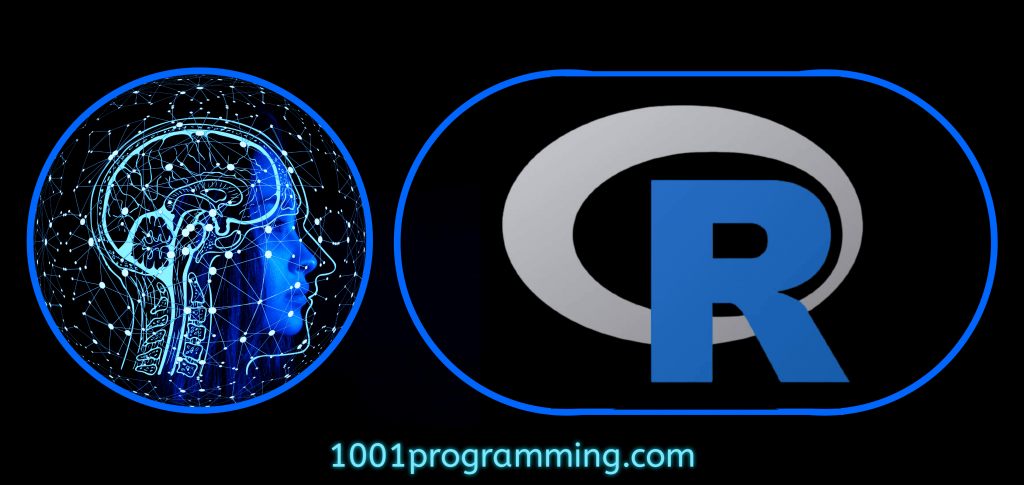
R is a one-of-a-kind language with some intriguing features that aren’t found in other programming languages. These characteristics are critical for data science applications. R is a vector language, which means it can do a lot of things at once. For example, functions can be added to a single vector without making it loop. R is being used in a variety of other places as its power is realised, ranging from financial studies to genetics, biology, and medicine.
java :
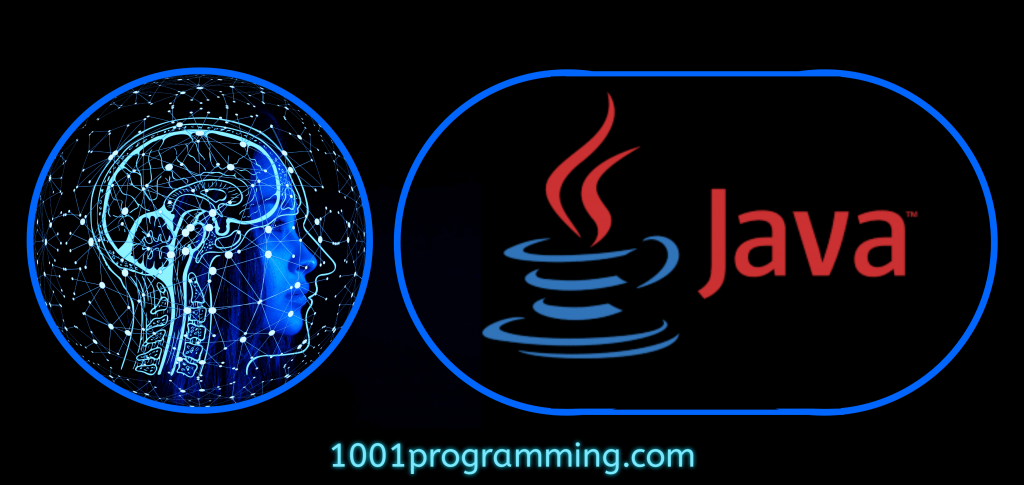
Java is one of the most widely used programming languages in the business world. The majority of popular Big Data frameworks/tools are written in Java, including Spark, Flink, Hive, Spark, and Hadoop. It has a large number of Machine Learning and Data Science libraries and tools. Weka, Java-ML, MLlib, and Deeplearning4j are just a few of the tools you may use to address most of your machine learning and data science problems. In addition, Java 9 has the much-missed REPL, which aids iterative development.
julia :
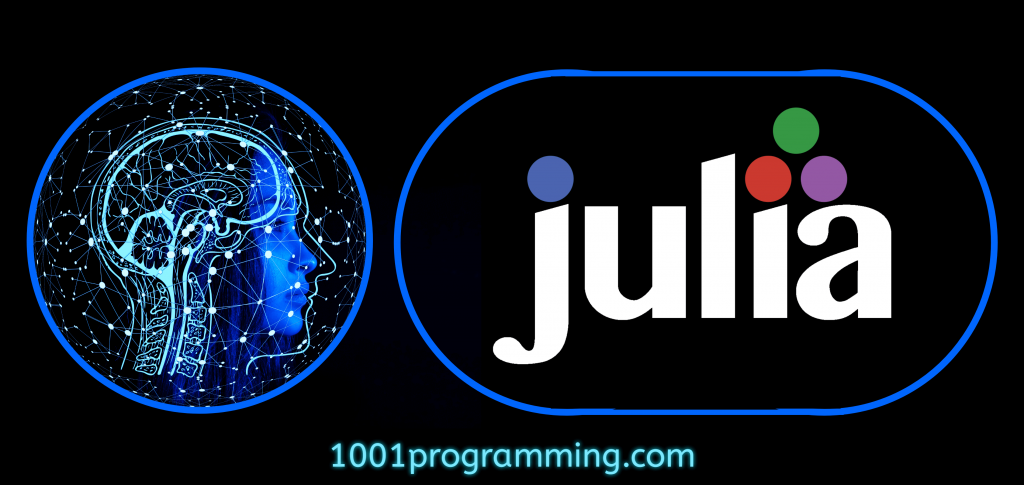
Julia is a free and open-source programming language that is also a simple, intuitive, and fast base language that outperforms R and Python. Julia is a powerful data science language as a result of this. It has over 1900 packages available, as well as speed and simplicity of use. Julia may connect to libraries written in R, Python, Matlab, C, C++, or Fortran (directly or via packages).
MATLAB :
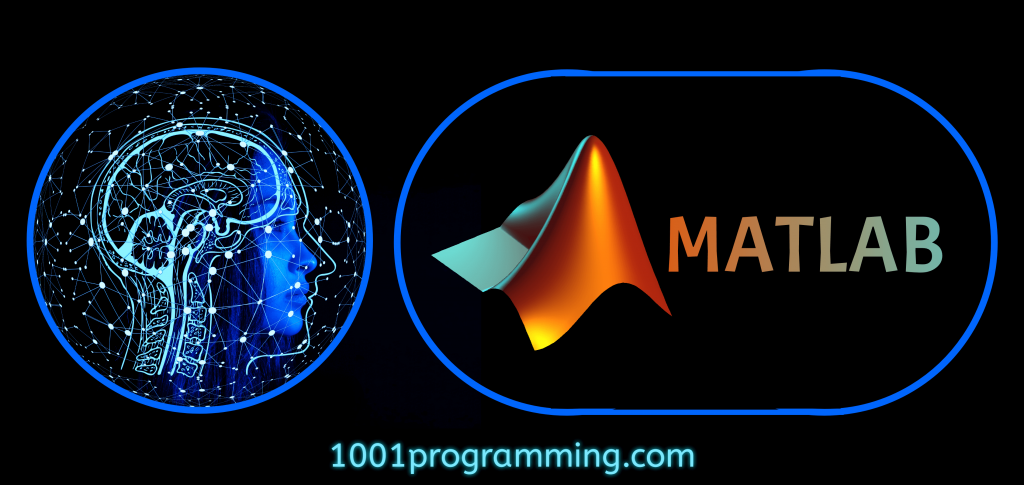
MATLAB is a widely used computer language for mathematical processes, making it essential for Data Science. That’s because Data Science is heavily reliant on mathematics. Mathematical modelling, image processing, and data analysis are all possible using MATLAB. It also includes a number of mathematical functions for linear algebra, statistics, optimization, Fourier analysis, filtering, differential equations, numerical integration, and other data science applications. In addition to these features, MATLAB has visuals that may be used to create data visualisations using a number of plots.
Scala :
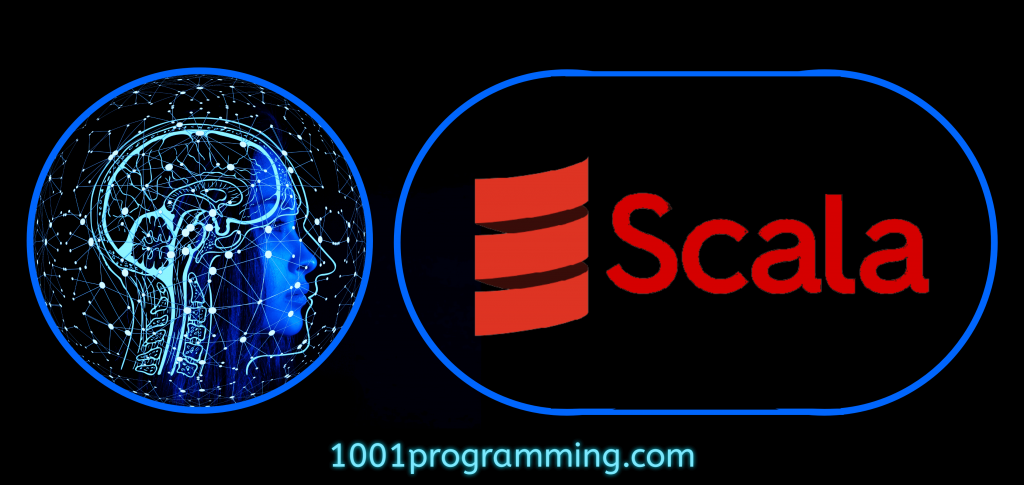
Scala is a programming language that is based on the Java Virtual Machine and is an extension of Java (JVM). As a result, it’s simple to combine with Java. The true benefit of Scala for Data Science is that it can be used in conjunction with Apache Spark to manage massive volumes of data. As a result, when it comes to large data, Scala is the language of choice. Many of the data science frameworks built on top of Hadoop utilise or are written in Scala or Java. However, because Scala is a specialised language, it is harder to learn and there aren’t as many online community support groups.
Perl :
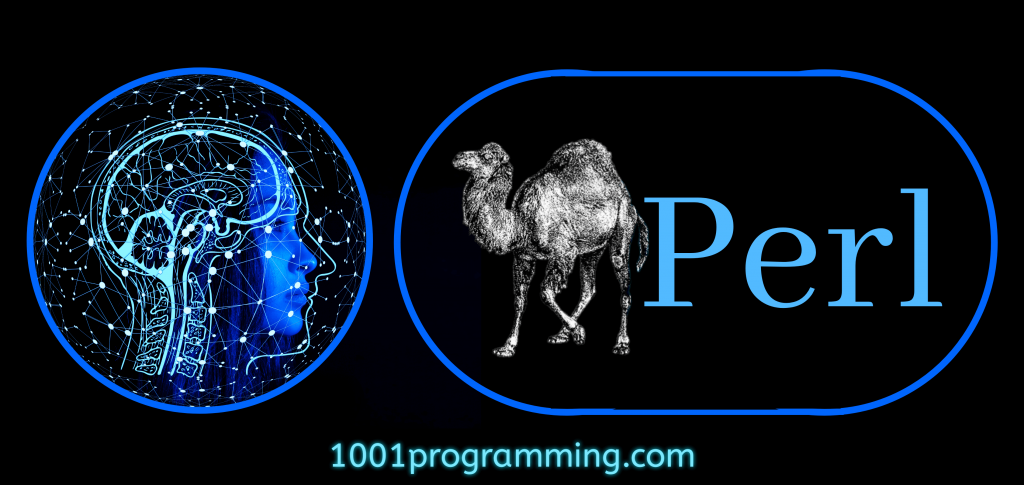
Perl can handle data queries very efficiently as compared to some other programming languages as it uses lightweight arrays that don’t need a high level of focus from the programmer. It is also quite similar to Python and so is a useful programming language in Data Science. In fact, Perl 6 is touted as the ‘big-data lite’ with many big companies such as Boeing, Siemens, etc. experimenting with it for Data Science. Perl is also very useful in quantitative fields such as finance, bioinformatics, statistical analysis, etc.
